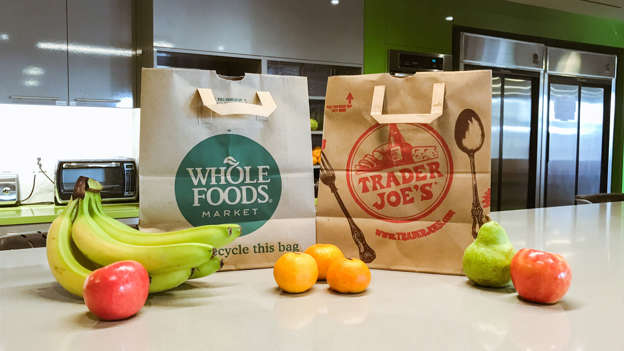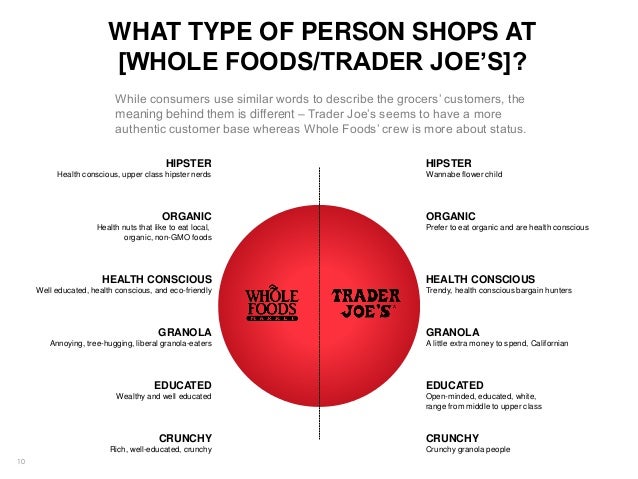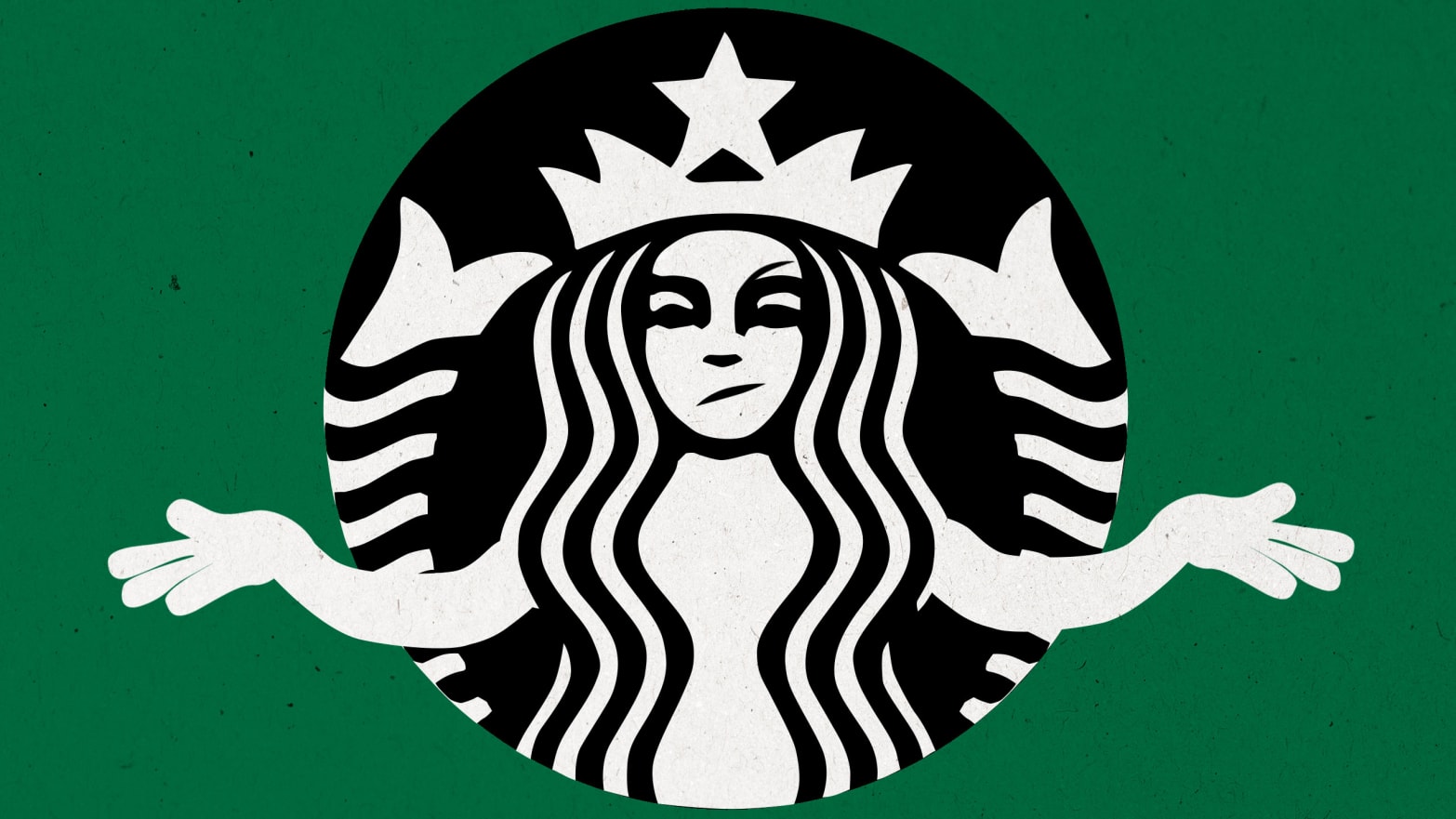Hello Everyone:
A happy start of the new week to you. A quick programming note before we get started: Next Monday is Labor Day in the United States and Blogger will be off. Onward.
 |
| Trader Joe's and Whole Foods shopping bags msn.com |
 |
| Which is better for your home value? businessinsider.com |
Both Trader Joe's and Whole Foods are a staples of more affluent neighborhoods and recently begun opening in underserved neighborhoods. Although their openings are not always welcome (ibtimes.com; Feb. 4, 2014 date accessed Aug. 26, 2014), there is reason to believe that these stores increase the desirability of their host neighborhood. A 2016 study by real estate website Zillow (zillowmedia.mediaroom.com: Jan. 25, 2016; date accessed Aug. 26, 2019) found that "homes tend to appreciate in value when there is a local Trader Joe's or Whole Food nearby" (citylab.com; Jan. 28, 2016; date accessed Aug. 26, 2019). Zillow examined city data on a variety of home types--single family, condominiums, and co-ops in over 80 locations across the nation--within a one mile of either store. Between 1997 and 2014, "the value of these homes exceeded that of the median home in the U.S., according to Zillow's calculations. And by the end of 2014, these homes were worth more than double the year's median home value" (Ibid).
 |
| A comical side-by-side comparison of shoppers slideshare.net |
The Zillow study found,
- Homes located near a Trader Joe's or Whole Foods had a median of $406,600 and $376, 200, respectively, at the end of 2-14, while the median U.S. home was worth less than $180,000
- Between 1997 and 2014, homes near Trader Joe's or Whole Foods appreciated an average of 148 percent and 140, respectively. The typical U.S. home appreciated by 71 percent over the same period.
- Neither Whole Foods nor Trader Joe's appears to drafting off already hot neighborhoods. When factoring in store opening dates, homes near both chains began appreciating faster after the store opened than the typical home in their city overall (zillow.com; June 16, 2017; date accessed Aug. 26, 2019)
 |
| What me cause higher home values? thedailybeast.com |
 |
| Dunkin' Donut and coffee nytimes.com |
 |
| Future customer buzzfeed.com |
Both companies concluded that there "was a relatively string correlation between home prices and the grocer's location. Home sellers near a Trader Joe's saw an average return on investment of 51%, while those near a Whole Food saw a 41% increase,..." (finance.yahoo.com; Aug. 25, 2019; date accessed Aug. 26, 2019). Essentially, "houses near Trader Joe's or Whole Foods began to appreciate more quickly after those store moved in than before--and that they appreciated twice as quickly as the average home in the United State" (Ibid). Further, having one or both grocery stores fuels the debate over gentrification.
 |
| One of the Trader Joe's in Blogger's neighborhood yelp.com |
Susan Warburg, an agent at Warburg Realty in New York City, told Yahoo,
We have the Trader Joe's downstairs in our building we are selling at 100 West 93rd Street... and a Whole Foods a few blocks away... (Ibid)
After a year, Ms. Warburg observed that the price per square inch of an apartment near the Trader Joe's increased by $300 (Ibid).
- However, in an expensive city like New York, where affordable housing is in high demand and residents in all five boroughs are complaining of surging price, it is not clear whether the grocery stores are a factor. Ms. Warburg's colleague Steve Gottlieb added,
People would pay more to live near a nicer grocery store. But, I think this might be more of a chicken and egg question.... People of means are more likely to demand nicer neighborhood amenities and higher end market chains are attracted to more expensive/upwardly mobile areas (Ibid)
 |
| The Whole Foods in Blogger's neighborhood foursquare.com |
As nice as it is to have both stores in Blogger's neighborhood, not everyone is thrilled with their presence. Local resistance to encroaching gentrification and attendant rising housing costs have given grocers a case of indigestion.
In 2014, Trader Joe's abandoned its plans to build a store in Northeast Portland, Oregon because activists (ibtimes.com; Feb. 4, 2014 date accessed Aug. 26, 2014) successfully argued "that the store would drive up rents and displace locals" (finance.yahoo.com; Aug. 25, 2019). The debate around nice grocery stores prompted one urban policy expert to dub Whole Foods (smartcitiesdrive.com; 2013; date accessed Aug. 26, 2019) the Lewis and Clark of gentrification (finance.yahoo.com; Aug. 25, 2019) because of the company's ability to disrupt the communal status quo in Chicago and Pittsburgh.
This dynamic is reference to what urban theorist Phillip Clay said in 1979 was one of the "four waves of gentrification. The first wave is the creative class, artists moving into a neighborhood. A Trader Joe's and Whole Foods is somewhere between the second or third wave (Ibid). In one respect, these grocery stores are signifiers for the types of changes in the neighborhood and its character.
In Blogger's neighborhood, those changes began in the early 2000s when the The Grove opened. The Grove brought with it more upscale stores and restaurants. This was followed by upscale apartment complexes and upgrades to Blogger's complex. There was a Trader Joe's already in the area and the addition of a second outlet and a Whole Foods came within a few years of each other. To no one's surprise The Grove, the grocery stores, more upscale housing, and other markers of gentrification caused home values to increase. Blogger finds it odd to hear Trader Joe's described as an upscale grocery store because, really it is not. It is the kind of friendly grocery store with good food, great customer service, and reasonable prices. It is the contemporary version of the corner grocery store. Hard to say if the signifiers of gentrification are the drivers of higher home values but they definitely have a correlation.
No comments:
Post a Comment